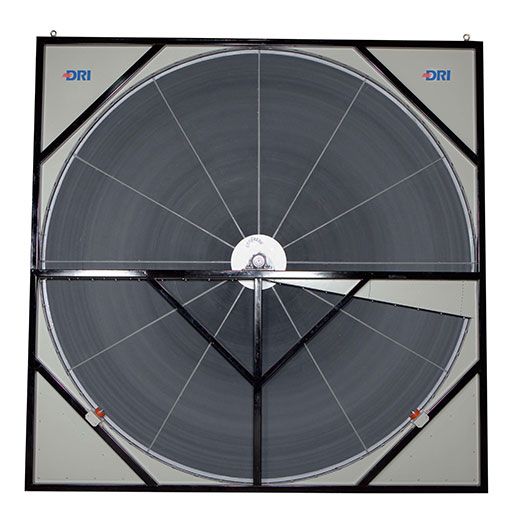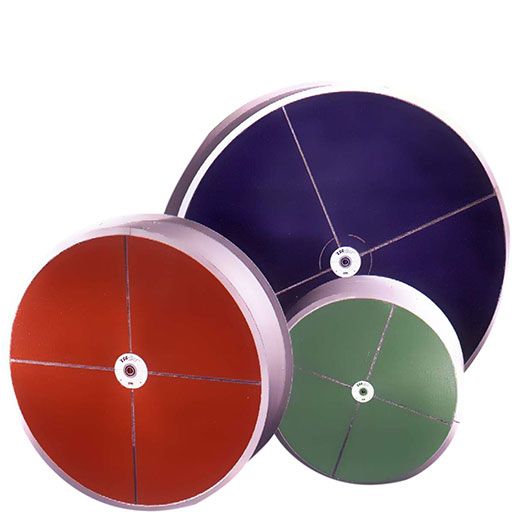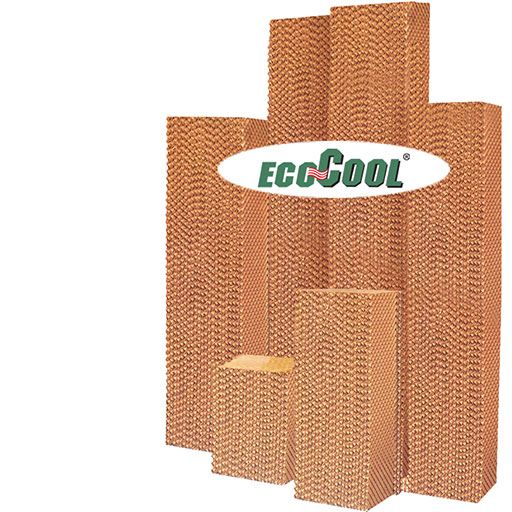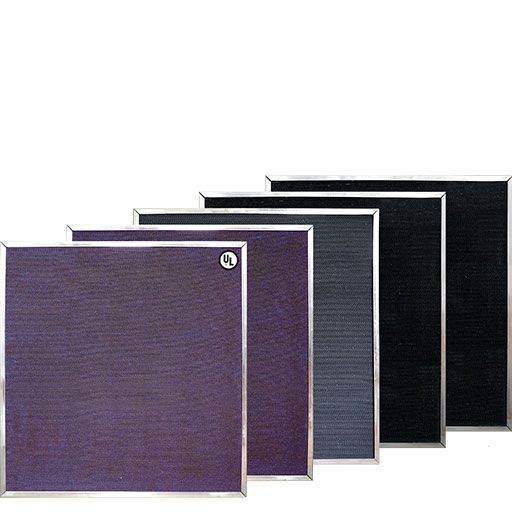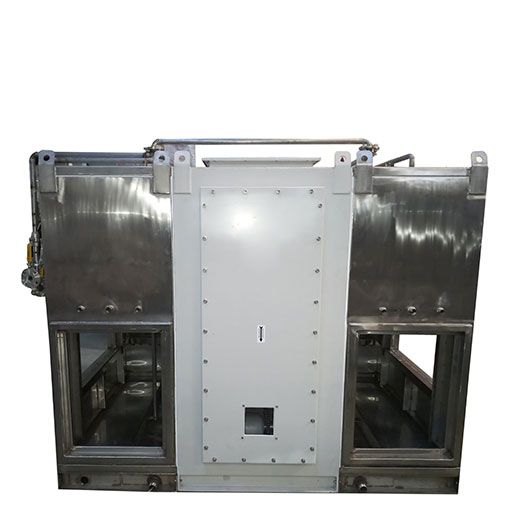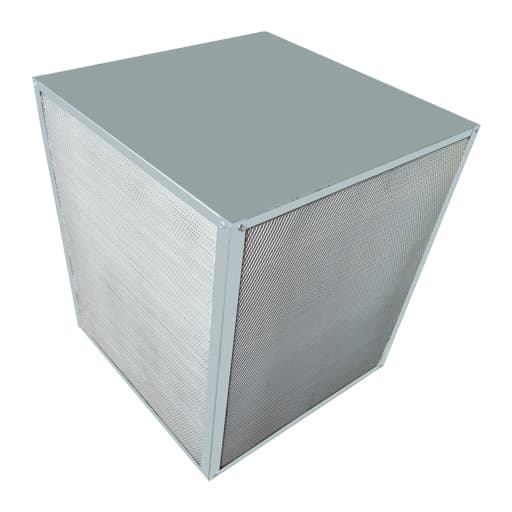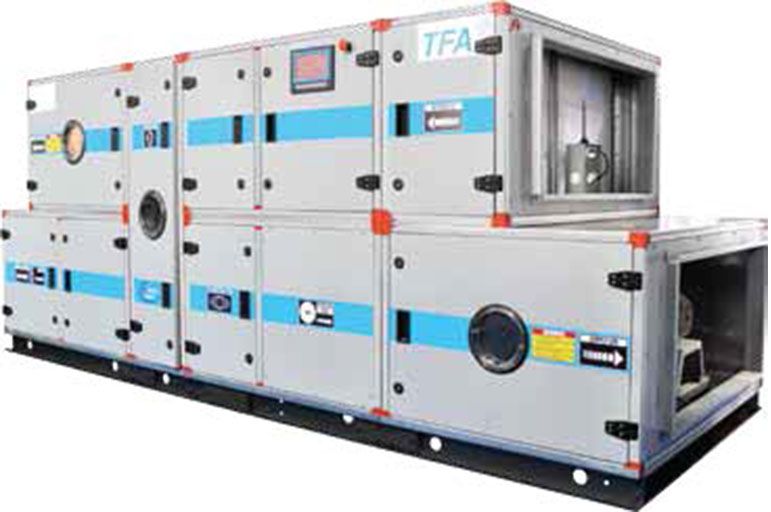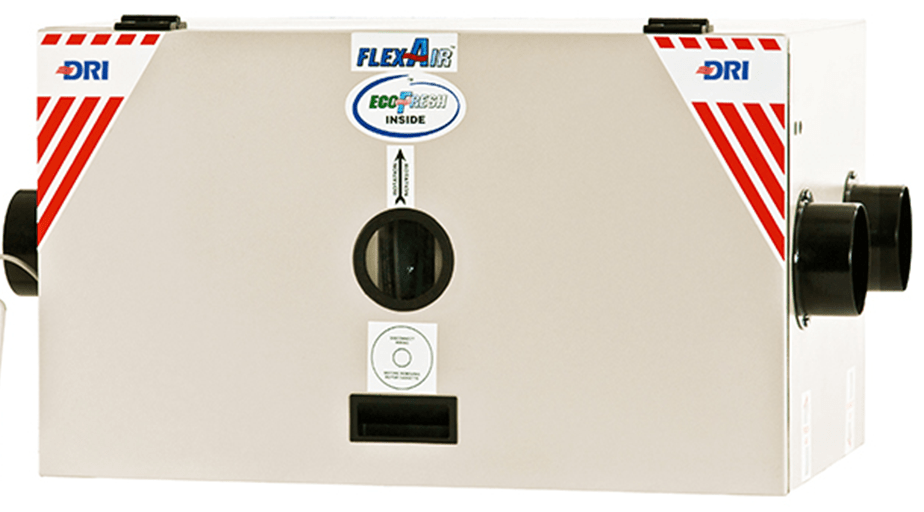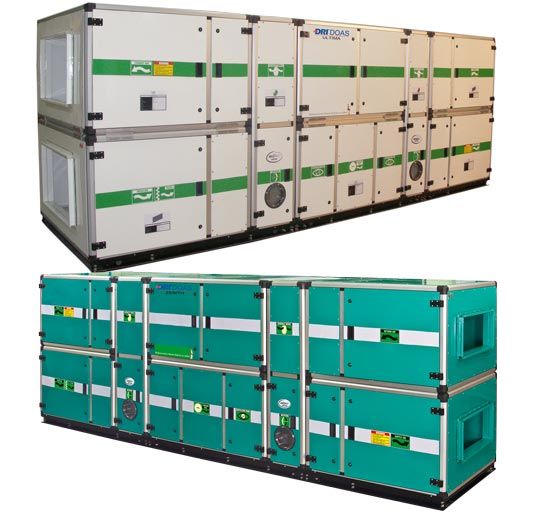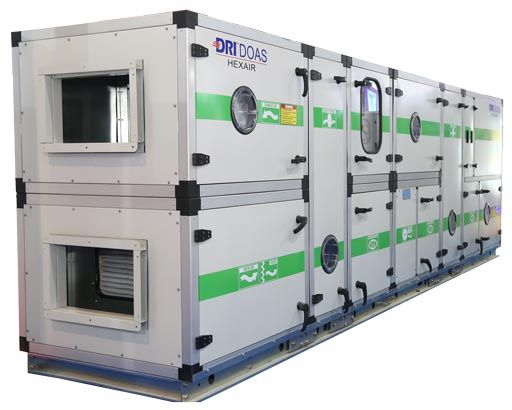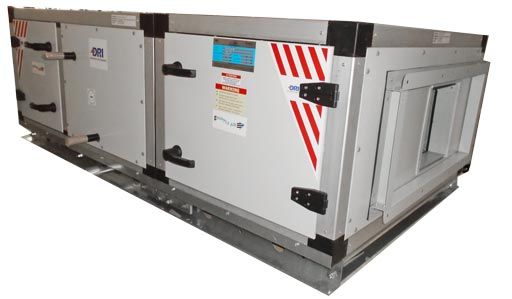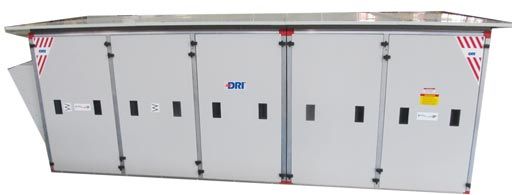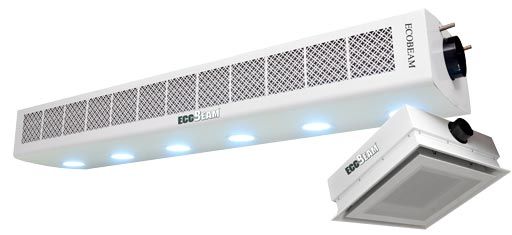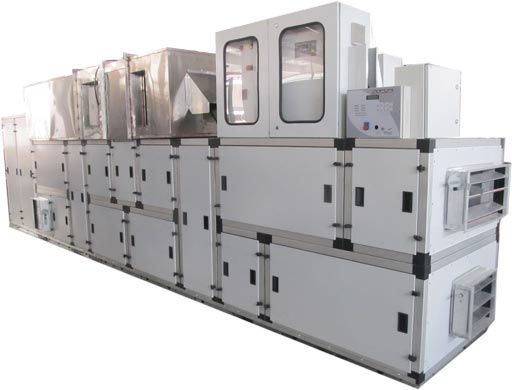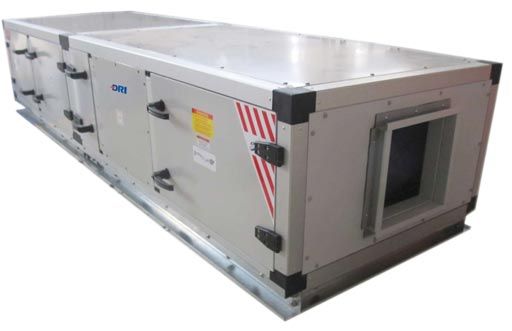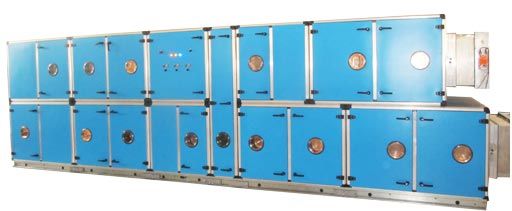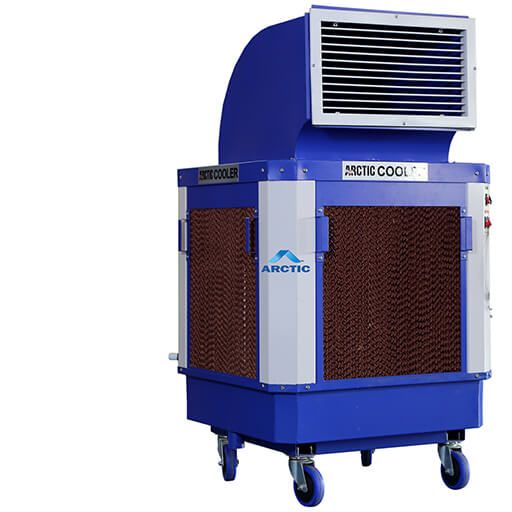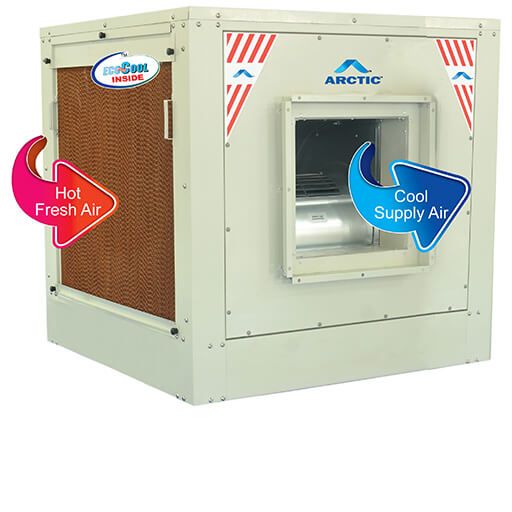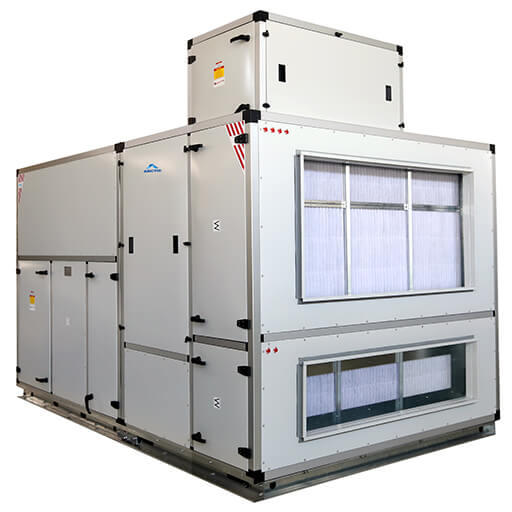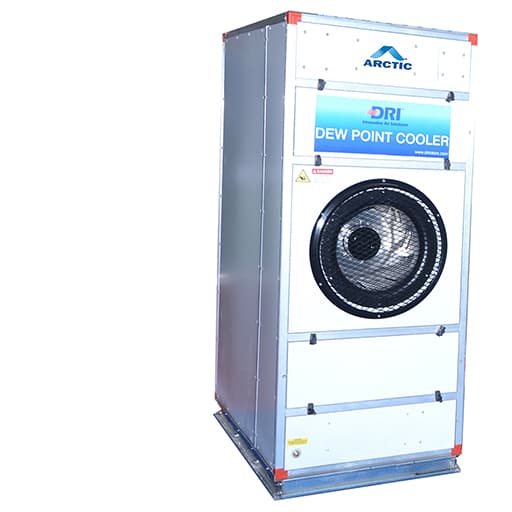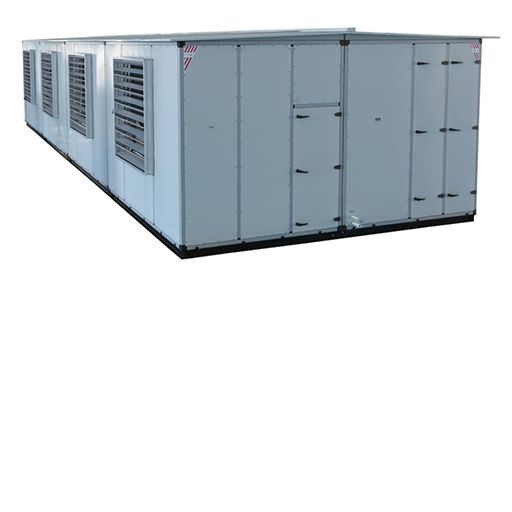Can you walk us through your company's profile?
Pahwa Group is comprised of four companies that are the pillars, Bry-Air, DRI, TDS, Delair and Bry-Air Prokon. These companies mainly deal with the industrial air treatment solutions and commercial building air conditioning products. Our products are predominantly manufactured in India, but we do have a great presence in the international market also. We offer industrial product solutions targeting humidity control for the pharmaceutical and food industries, but the applications are not restricted to these industries. We also offer applications like electronics leather, packaging, cold stores among the other range of applications complying with the dehumidification capabilities or reducing the humidity. We also provide gas filtration system for gases like SO2, SO3, NoX, that can create corrosion related issues in data centers and control rooms where we do air cleaning.
We also have a division where we do plastic auxiliary equipment; which is to dry the plastic pellets which are used for extrusion, blow molding. Also, we have a company which does compressed air drying systems, called Delair. On the commercial side, at DRI where we provide indoor air quality solutions for commercial buildings like hotels, hospitals, malls, airports, office premises with entire focus on providing healthy environment for the occupants. We also do shop floor of factory cooling systems. In India, industries emphasis more on providing work floor comfort at the shop floor level and this consciousness is trending across the industry, and we provide the same in an economical way.
We have a strong hold in India with active presence in seven cities. However, almost half of our businesses are based outside India and we are proud of the fact that we are India exporters for the world right from South Korea to South America. We aim to be best in the world, especially in terms of product quality, performance, and innovation; so, we invest more in R&D. We have eight state-of-the-art test labs in Gurgaon, and in our field that we are really investing a lot in innovative materials, concepts testing laboratories to test and verify the product innovation.
What are the products you showcased at ACREX 2020?
ACREX 2020 was mainly focused on air conditioning. The Indian Air Conditioning market is growing, particularly more on the residential side. However, we see a traction in the commercial segment also especially in office buildings, commercial complexes, institutional buildings, hospitals, airports, malls; where requirement of centralized HVAC system is high. Heating, Ventilation, Air-conditioning systems is drastically increasing in India, because of which we witness a downfall in certain products in this segment, but overall, the India remains intact.
We launched new products at ACREX, complying with industrial demands. We are trying to invent innovative products for evaporative cooling systems, especially indirect evaporative cooling systems in which we can use power of water and evaporation. We have special dedicated outdoor air systems that are highly energy efficient for commercial buildings. We are also doing a lot, for school children’s health, offices, residences, we also have central air purification systems that goes a long way in maintaining the IAQ. We also have a lot of focus on energy recovery and energy efficient systems, green buildings, especially certified buildings, humidity control systems or the air that focuses on energy, reducing energy consumption. We also do absorption chiller, which is something new in Indian and in the Asian market as it uses waste heat to produce chilled water which goes a long way to make any process plant or a building highly energy efficient.
How are smart technologies equipping the HVAC&R market?
How can HVAC systems contribute in reducing environmental impacts?
There was a general perception that air-conditioning is expensive to install and operate. However, evaporative air-cooling systems, especially for shop-floor cooling and providing comfort conditions to production workers can now be availed in India at economical cost. So large scale economic cooling on factory shop floors could be less than 1/10th the cost of installation and running of a traditional air conditioning system.
There are initial signs of recovery in the Indian market. However, its key is optimism. However, we expect an uptake in the last quarter of 2020. With the credit availability and increase in the utilisation capacity we look forward for a positive outlook in the coming years.

